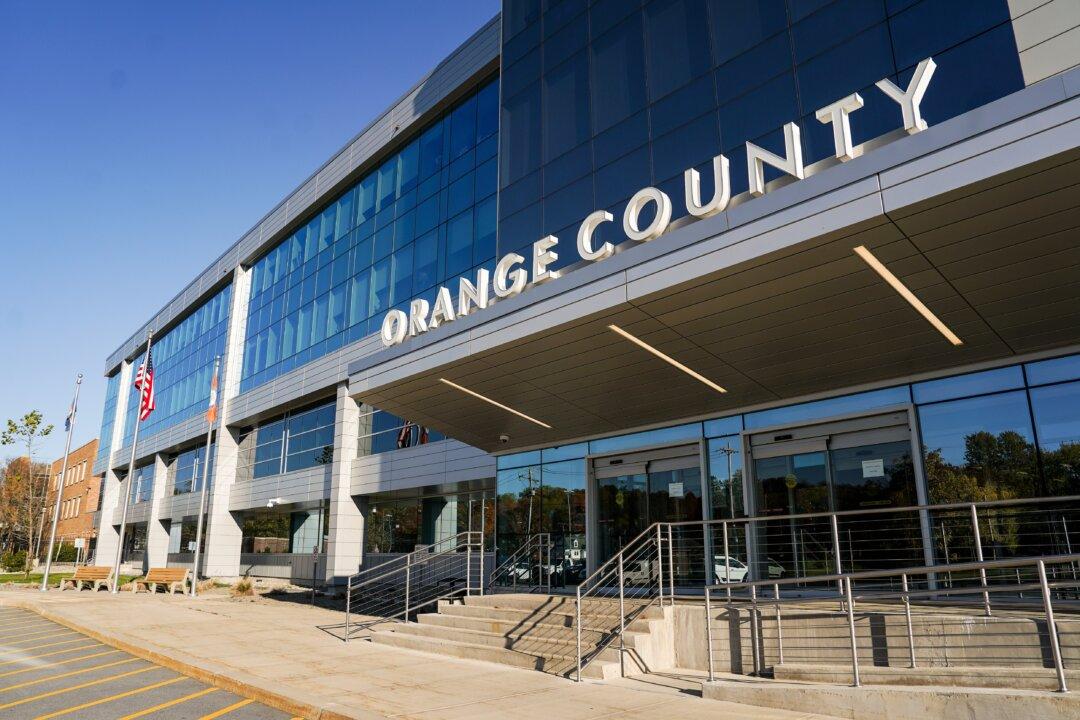Orange County’s largest revenue source performed under budget in the first quarter by nearly 5 percent, or $1.5 million, according to the latest Ways and Means Committee meeting.
Sales tax revenue accounts for about a third of the county’s budgeted expenses this year.





